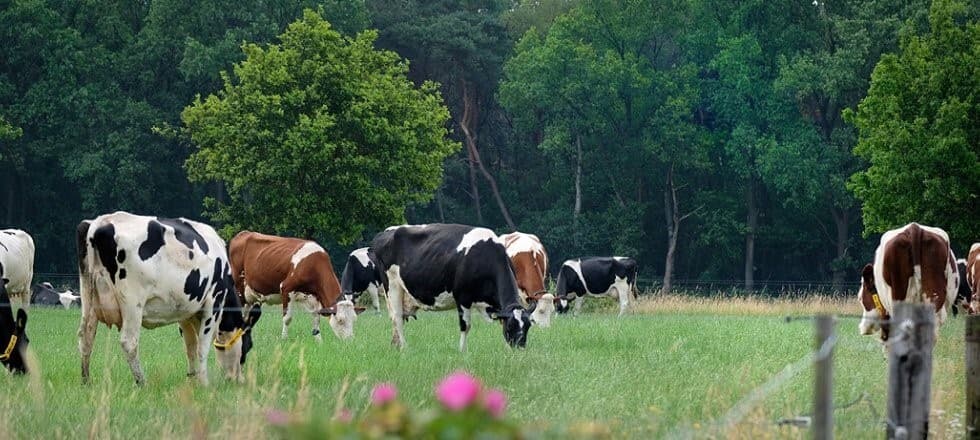
GLOBAL AGROVET
RESEARCH CONFERENCE - 2K26
POWERED BY ARCC JOURNALS

POWERED BY ARCC JOURNALS



17 July 2025
Feed and Fodder Crisis in Livestock Farming: Indigenous Approaches

17 July 2025
The livestock sector plays a critical role in food security, rural livelihoods, and economic development. However, one of the biggest challenges it faces today is the growing crisis of feed and fodder. Rising costs, erratic weather patterns, shrinking grazing lands, and unsustainable practices have made it increasingly difficult for farmers to feed their animals adequately and affordably. The good news? Local solutions are emerging that offer sustainable, community-driven ways to address this crisis.
Indigenous Approaches: Turning the Crisis into Opportunity
While the crisis is serious, communities around the world are innovating with locally adapted practices. Here are some promising local solutions:
Fodder Banks and Community Silage Units
Setting up community-managed fodder banks can help store surplus fodder during the rainy season for use in lean periods. Simple technologies like silage pits allow farmers to preserve green fodder such as maize or sorghum, maintaining nutritional value for months.
Promotion of Fodder Crops and Agroforestry
Intercropping food crops with high-yielding fodder species (like Napier grass, cowpea, or lucerne) allows farmers to produce both food and feed. Agroforestry systems, where trees like Leucaena, Sesbania, or Moringa are grown, also provide high-protein fodder while improving soil fertility.
Utilization of Crop Residues
In many regions, paddy straw, wheat straw, and maize stover are wasted or burned. Training farmers to enrich crop residues using urea treatment or chopping techniques can improve digestibility and nutritional value, turning waste into a valuable feed resource.
Hydroponic Green Fodder Units
Hydroponic fodder production is a space-efficient method that uses water instead of soil to grow fodder like barley or maize in 7-10 days. It requires an initial investment but provides a reliable, year-round feed source even in drought-prone areas.
Local Feed Formulation and Capacity Building
Empowering farmers with knowledge to create balanced rations using locally available ingredients (such as oilcakes, pulses husk, or kitchen waste) reduces dependence on commercial feeds. Local NGOs and extension workers can play a key role here.

Become a Delegate
Attend GARCX 2026 as a delegate to gain expert insights, connect with global professionals, and explore cutting-edge solutions in agriculture and animal health.

Become a Speaker
Join global thought leaders at GARCX 2026 to share your research and insights. Present your work on integrated agriculture and animal health before an international audience.

Become a Sponsor
Showcase your brand as a pioneer in One Health innovation. Sponsoring GARCX offers high-visibility branding and strategic exposure to industry leaders and researchers.

Publish with Us
Submit your scientific work to be featured in esteemed ARCC Journals. Gain credibility and reach in the global agricultural and veterinary research community.

Become an Exhibitor
Display your solutions, products, or innovations in agriculture and animal health at the GARCX Expo. Network with stakeholders and boost your industry presence.

